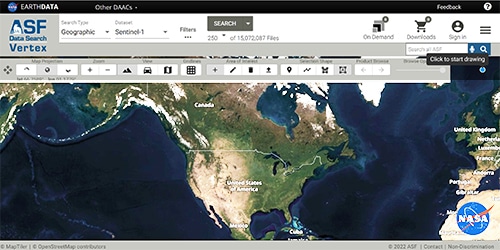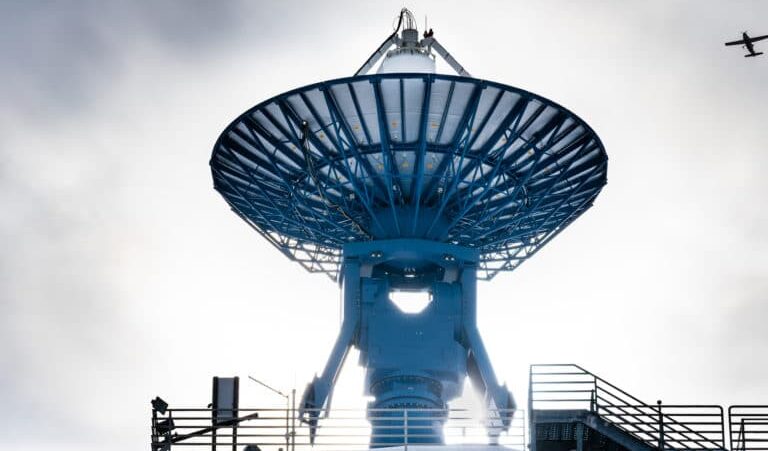Category: Seasat
Seasat – Technical Challenges – 7. Cleaned Swath Files
October 24, 2022
Seasat – References
November 13, 2023
Seasat – Product Specification Guide
February 14, 2023
Seasat – Technical Challenges – 1. Raw Telemetry
February 14, 2023
Seasat – Glossary
October 24, 2022
Seasat – How to Cite
January 23, 2023
Seasat – About
February 14, 2023
Seasat – Images Then and Now
January 24, 2023
Seasat – Technical Challenges
February 14, 2023



